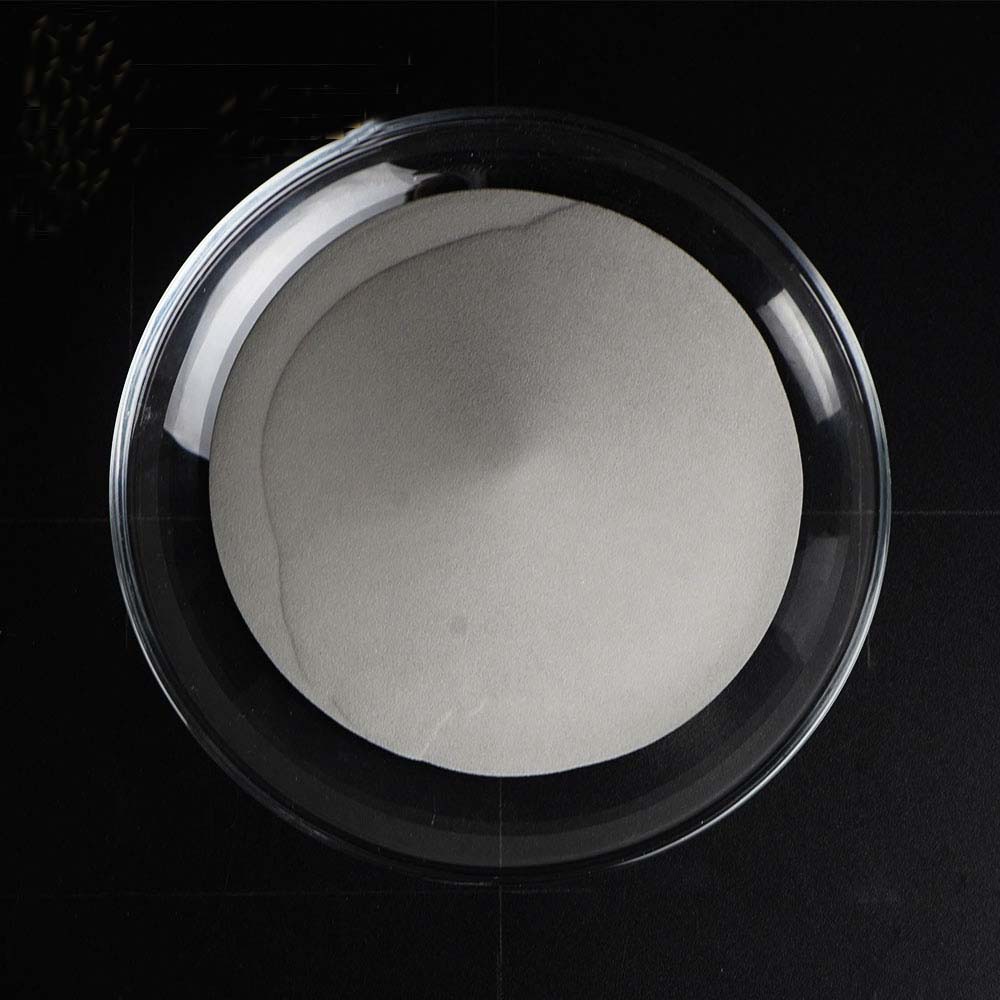

In short, the components in the alloy are effective when they are needed, and impurities when they are not needed. For example, the same alloy blade, when the blade is used for fine grinding, an appropriate amount of W2C is an active ingredient, while due to gravity cutting, W2C is an impurity. In the same way, the content of Ti, Ta, Nb, and Mo can also be judged. But for permanent impurity elements, the lower the content, the better, such as Fe, Si, P, Ca, etc. That is to say, no matter what kind of cemented carbide we make, these elements cannot always play an effective role in the alloy, so their content must be strictly controlled.

However, for non-mainstream elements such as Mo, Nb, Ni, etc. in alloys, we cannot generalize. We know that Mo is associated with W, Nb is associated with Ta, Ni is associated with Co, and in cemented carbide, W, Ta and Co are the mainstream elements. However, since Mo, Nb, and Ni are associated elements, among the above mainstream elements, the content of these three associated elements will be relatively high.
Although Mo, Nb, Ni, etc. are non-mainstream elements, in cemented carbide, they still have many useful functions that their associated mainstream elements do not have. So this requires us to correctly understand and use them.
For example, the role of Nb in cemented carbide is basically equivalent to that of Ta, and they each have some functions that cannot be replaced by the other. Therefore, in the production of cemented carbide, it is better to use an appropriate proportion of Ta and Nb solid solutions than pure TaC and NbC. We can see through a simple performance comparison.
Performance and role
Tantalum
niobium
atomic coefficient
73
41
Number of outermost electrons
5
5
atomic weight
180.95
92.91
density
16.66
8.57
Lattice constant
a=3.296
a=3.294
Melting point (℃)
3000±50
2470±10
Inhibit alloy grain growth
weak
powerful
Improve alloy high temperature hardness (red hardness)
slightly stronger
slightly weaker
Improve the corrosion resistance of alloys
powerful
weak
Reduce alloy friction coefficient
weak
powerful
dispersibility in alloys
weak
powerful
Wettability of cobalt to it (equivalent number of molecules)
quite
quite
For another example, an appropriate amount of Mo can reduce the friction coefficient of the alloy, and at the same time, its interaction with Ni can increase the strength of the alloy containing Ti and so on.
What we should also pay attention to now is that if the non-mainstream elements cannot be reduced to the ideal content in the alloy production, it is better to increase their content appropriately to make it more than the single-molecule surrounding of the hard phase. In this way, the alloy structure is more balanced.
All in all, the design of alloy composition is the top priority in alloy production, and the composition of the alloy should be accurately designed according to the use effect of different alloys. At the same time, it is necessary to closely track the alloy magnetic force and cobalt magnetic value range for the best use effect of alloys under different formulations. Therefore, this requires the technical department of alloy production to establish a complete technical ledger and use modern means to analyze and judge.
Hot information

